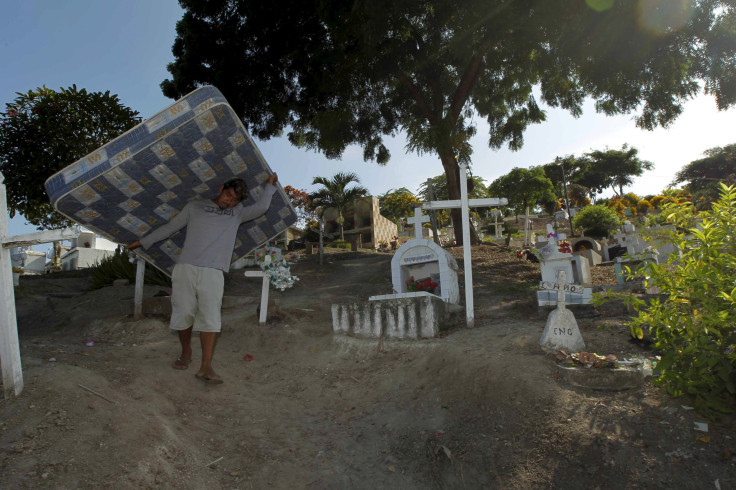Accurate tsunami warning made possible by new algorithm; Australian scientists develop the Time Reverse Imaging Method

Scientists at the Australian National University have developed the Time Reverse Imaging Method that take real-time data from ocean sensors and then use it to look like what the tsunami looked like when it was born. The new algorithm enables scientists to pinpoint the tsunami source that in turn helps scientists in predicting the impact of the waves once they hit the shores.
The new method is much more accurate than existing algorithms. Thus, using this new algorithm, scientists can warn people of possible tsunamis so that authorities can take appropriate actions before the waves hit the shores.
The researchers studied plate tectonics in Japan Trench to recreate movements of typical tsunamis to determine its threat level. Currently, scientists rely only on region-specific scenarios based on previous patterns in that area. Experts track abnormal movements in the oceans using sensors but can’t make accurate projections. In case a tsunami does not match any of the known scenarios, they can do nothing.
The team of researchers led by Jan Dettmer studied data captured by sensors on the Pacific Ocean floor. They gathered data from Tohoku-Oki earthquake and tsunami from March 11, 2011. Dettmer used the data to go back in time mathematically to find out how the tsunami looked like when it started. Once he had the information about the beginning of the tsunami, he added it to the sensor data and projected what the tsunami would look like when it hit land. After comparing his results with what actually happened in 2011, he was able to develop the algorithm.
Dettmer plans to implement the new algorithm within five years after testing his method in other recorded earthquakes and after fine-tuning his technology a bit more.
“[The Time Reverse Imaging Method] is not based on some guess, it's based on real-time information. This method would improve accuracy without sacrificing speed. Once the earthquake happens, then we have minutes,” Dettmer said in a statement.
Dettmer and his team have been speaking about their new tsunami warning system at the 171st meeting of the Acoustical Society of America, held May 23-27 in Salt Lake City, Utah. Dettmer believes that “this research can be part of the next generation of tsunami warning systems that are based on real time information.”





















